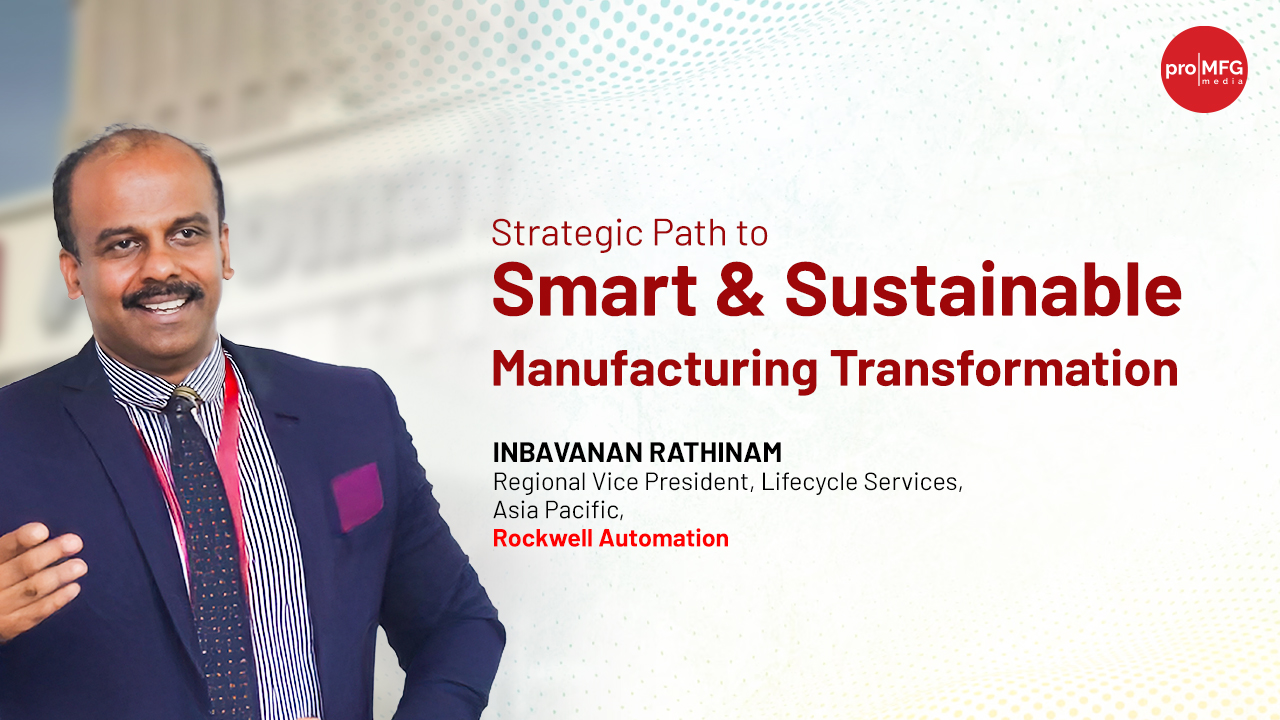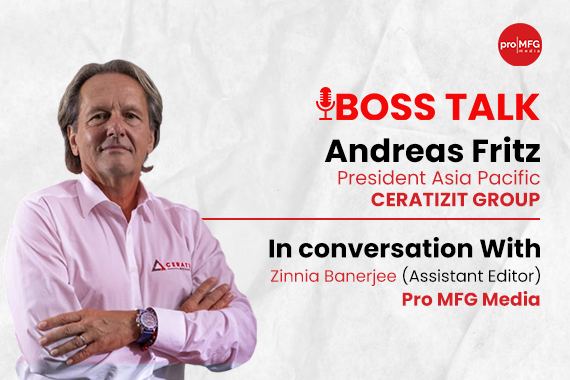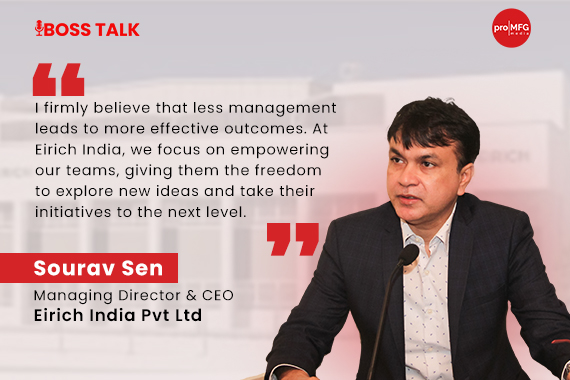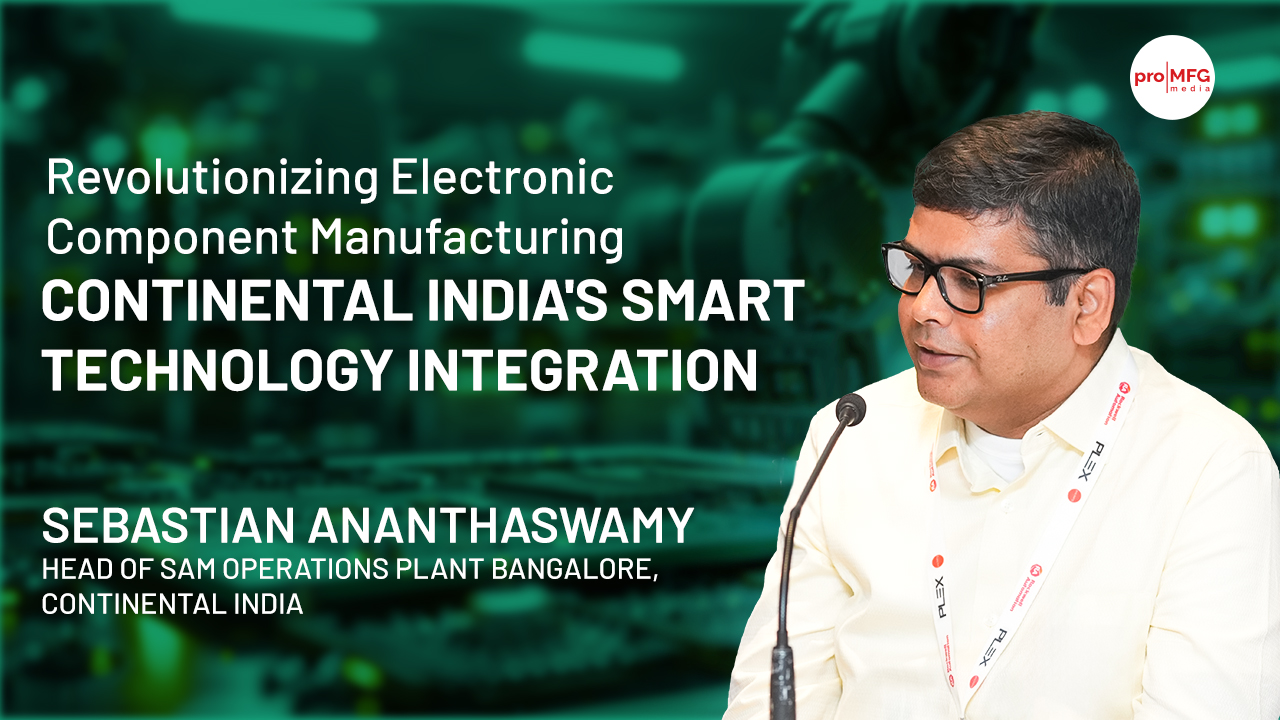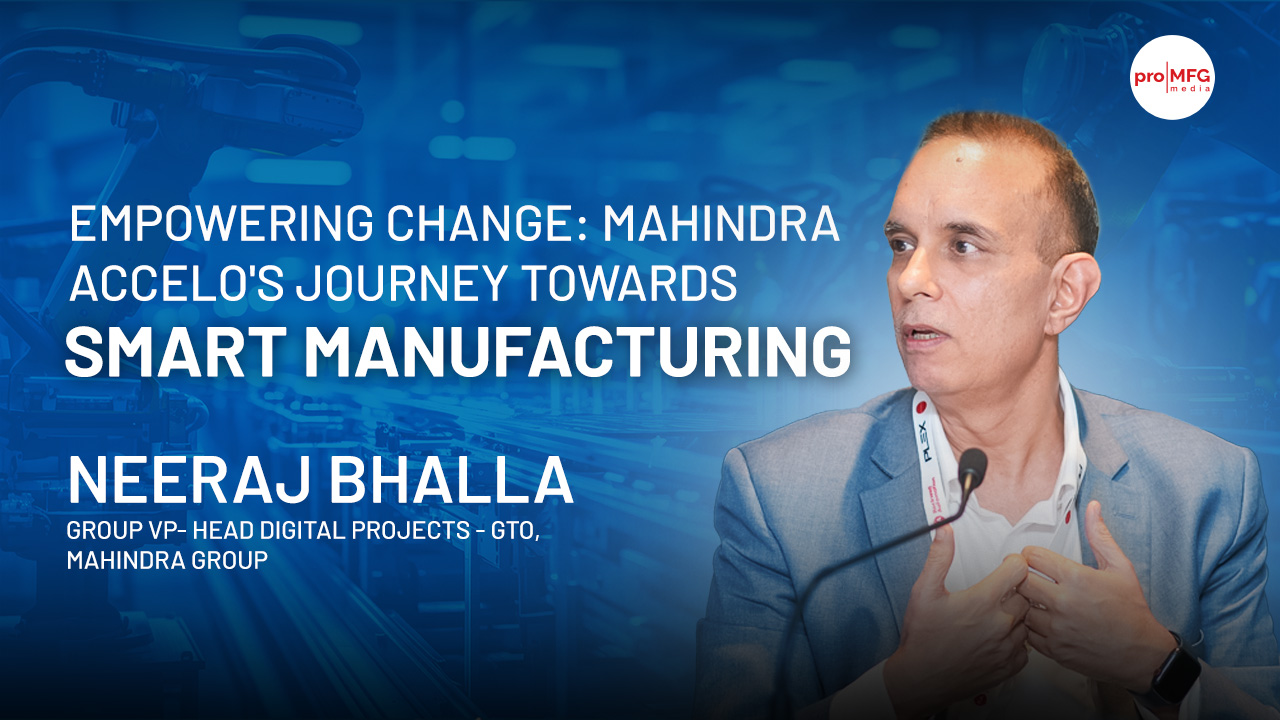Deloitte Global Report: Worker-Employer Relationships Permanently Changed by the Pandemic, Making Future of Work Planning Most Urgent Executive Priority
#Deloitte #workforcestrategy #futureofwork #employeerelationsAs organizations execute return to workplace strategies, they must take deliberate steps to define and reshape the worker-employer relationship

The challenges brought on by the pandemic have caused a fundamental shift in work, especially as worker-employer tensions surface amid return-to-workplace discussions. Executives recognize the profound effect this moment could have on how organizations recruit, support and interact with workers in the future. While the “survey-and-react” – or work as fashion – method has dominated to date, thriving in an uncertain future relies on having a clear and sustainable workforce strategy.
Deloitte’s 2021 Global Human Capital Trends Special Report, “The Worker-Employer Relationship Disrupted: If We’re Not Family, What Are We?,” examines four potential futures based on the evolving worker-employer relationship, and how leaders are addressing those challenges while simultaneously grappling with a global public health crisis, economic uncertainty, and a wide spectrum of social movements. Each scenario is based upon two factors which will have the greatest impact on the evolution of the worker-employer relationship: the supply of talent and the degree of government action.
Gaurav Lahiri, Partner, Deloitte India said, "we are seeing Indian companies adopting a thoughtful transition towards remodeling their talent management approaches keeping in mind the changes that are sweeping through the HR landscape. There is a very clear focus on ensuring well being is not just a concept but is integrated into the employer - employee relationship.”
While a majority of surveyed executives (86%) believe that workers will gain greater independence and influence relative to employers in the future, 63% of workers think their relationship with their employers will either become stronger or stay the same. As workers are reconsidering everything from who they want to work for to the role they expect employers to play in society’s most pressing issues, organizations are contemplating how this intersects with their purpose and how to balance shareholder and stakeholder needs. There are several possibilities:
Work as fashion
Many organizations are currently experiencing this reactive employer-worker relationship, often focusing on the most fashionable topics of the moment. As they develop new policies for the future of work, organizations are responding to worker feedback, competitor actions and marketplace trends in real-time through surveys and other listening tools. Although this allows organizations to gauge worker feedback in the moment, it can also relegate corporate purpose to the role of decorative accessory.
This model will likely produce short-term satisfaction for both the employer and the worker but may inadvertently lead to questions around inclusion as less-dominant voices are overshadowed and underrepresented. To thrive, employers will need to align on a set of unwavering values and develop sustainable workforce strategies that will benefit everyone in the long-run.
War between talent
In a future where the talent supply outpaces the availability of jobs, the employer-worker relationship is impersonal, with the employer in a power position, valuing efficient work over developing and investing in the workforce. This could fuel trends such as globalization, offshoring, automation of work and the use of the alternative workforce.
While leaning on these approaches may save on short-term workforce costs, organizations may risk losing out on potential productivity and innovation gains. Nearly three-quarters (72%) of the executives surveyed in the “2021 Global Human Capital Trends” report said that the ability of their people to adapt, reskill, and assume new roles was one of the most important factors in their ability to navigate future disruptions. What’s more, 41% of executives said building workforce capability was one of the most important actions they were taking to transform work. With such a highly motivated supply of talent, it is the organizations that decide to invest in reskilling and retraining that could find themselves best able to thrive in the future.
Work is work
This scenario centers on drawing clear lines between work and personal life and maintaining a professional employer-worker relationship. Access to benefits such as financial stability and paid time off play a crucial role in this scenario, as workers need both to be able to pursue fulfillment outside of work. It also means that the work itself becomes the dominant factor in the employer-worker relationship.
Deloitte’s “2021 Global Human Capital Trends” report revealed that 61% of leaders are reimagining work, more than double the 29% doing so pre-pandemic. Re-architecting work to focus on human capabilities and the purpose behind work can help workers build their sense of belonging beyond the day-to-day tasks that characterize the work is work scenario. Leaders focused on thriving in this scenario must shift to outcome-based performance management, prioritizing well-being, diversity, and reskilling.
Purpose unleashed
Though some organizations have stepped back from the role of the social enterprise, many others have embraced purpose, recognizing its potential impact on their corporate reputation. These organizations have put purpose at the heart of business decision-making and have focused on uniting their workers around a common goal. In this communal worker-employer future, the two parties operate as co-creators of the organizational purpose and rely on each other for organizational and personal fulfillment.
While a majority (86%) of executives believe that workers will increasingly value meaningful missions at organizations in the next five years, this approach is not without its risks. To avoid purpose being viewed as performative, organizations should regularly pull in external perspectives that represent impacted stakeholders, as well as feedback from workers. In that way, the organization can ensure that purpose is embedded into every part of the organization.
“In today’s tumultuous and transitory environment, it is challenging for leaders to look beyond the in-the-weeds daily challenges. While defining hybrid work models is an important first step, creating a worker-employer relationship that empowers an organization to thrive depends first and foremost on a clear, compelling and differentiated strategy that is sustainable in any possible future,” saidErica Volini, principal and global human capital leader, Deloitte Consulting LLP.
Methodology
The insights gathered for this report leverage Deloitte’s scenario planning methodology and are fueled by research findings from a combination of social media polling, live survey polling, AI-enabled focus groups, and interviews with business and HR executives across industries and – for the first-time in the eleven-year history of Deloitte’s Global Human Capital Trends report – hundreds of workers from all over the world.
NEWSLETTER
TRENDING ON PRO MFG
MORE FROM THE SECTION




.jpg)
